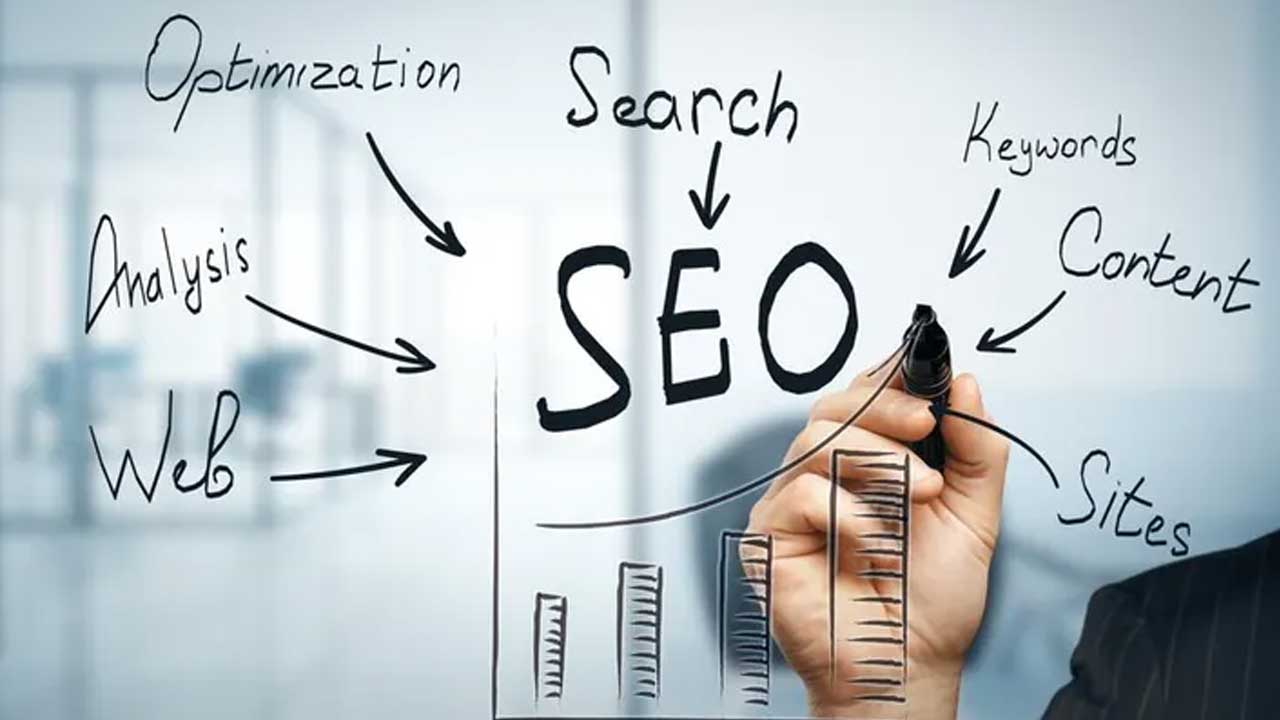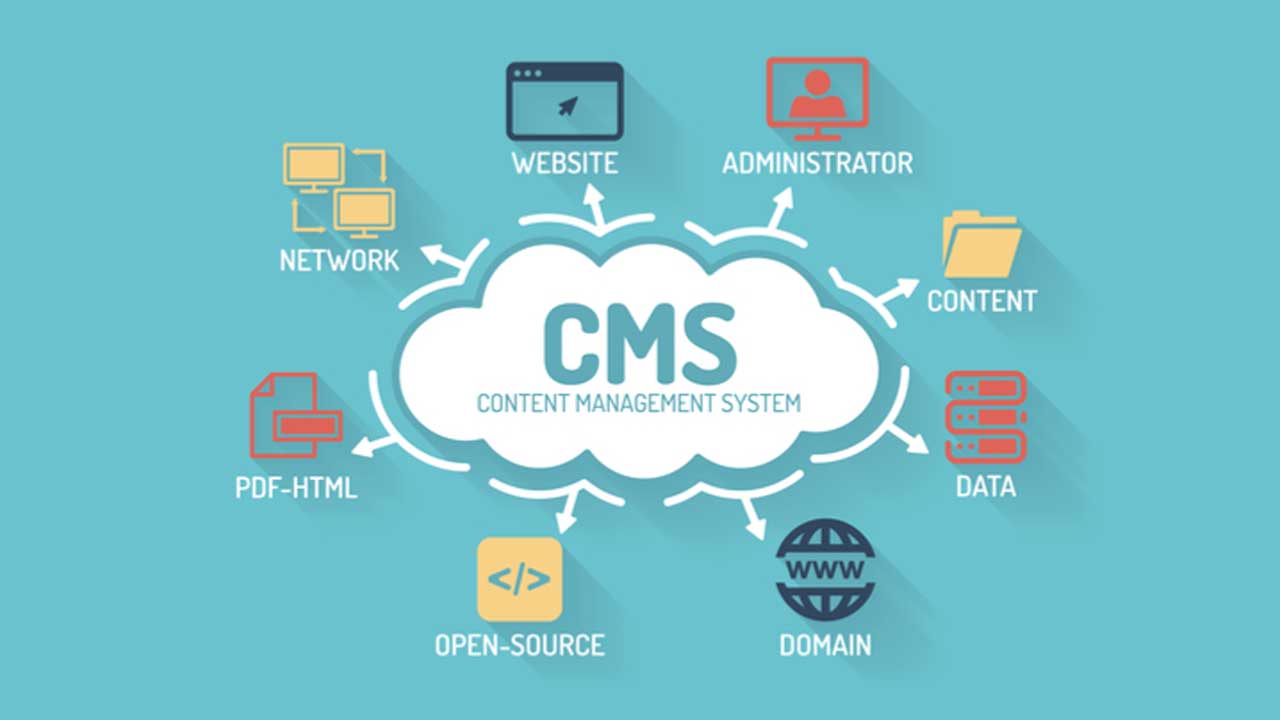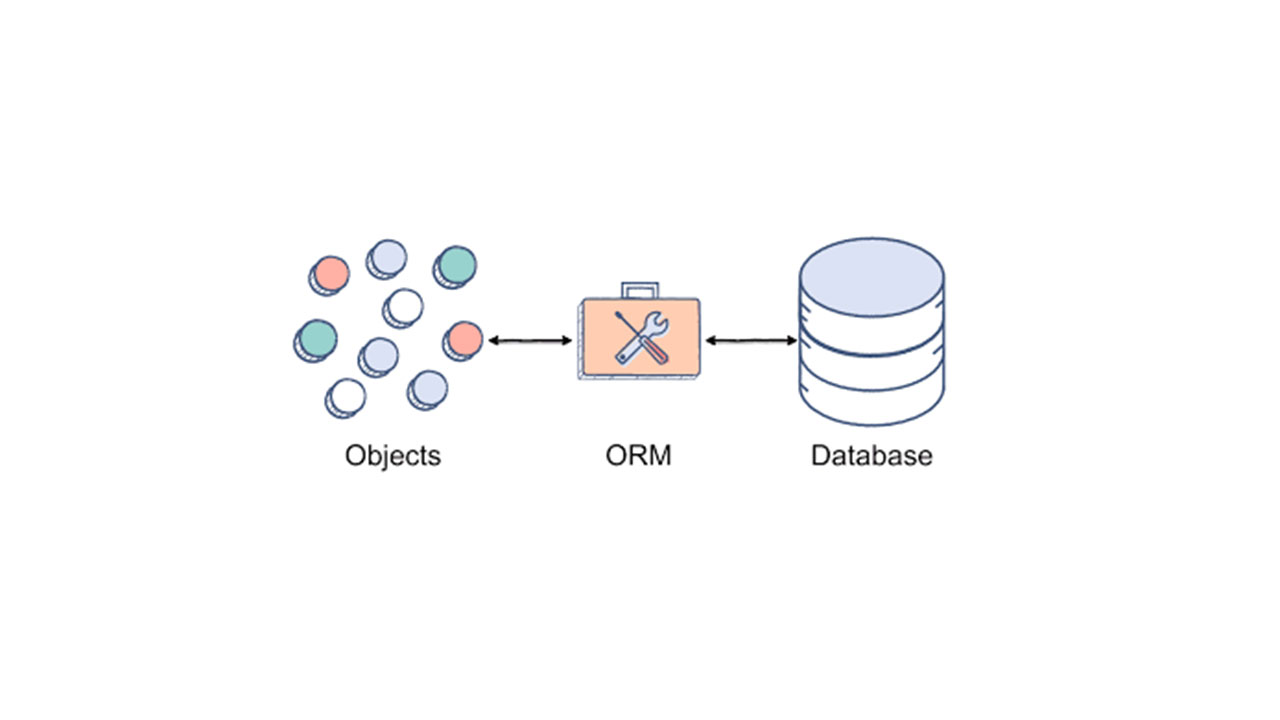Search Engine Friendly SEO: Optimizing Your Shopify Store for Better Visibility
In the fierce e-commerce landscape, creating a beautifully designed Shopify store is just part of the challenge. To ensure your store reaches its full potential, optimizing it for search engines is crucial. This blog will explore how search engine optimization (SEO) can improve your Shopify store’s visibility, drive organic traffic, and ultimately boost your sales.
1. Grasping the Significance of SEO for Shopify
SEO is the practice of optimizing your website so that it ranks higher on search engine results pages (SERPs). Higher rankings mean more visibility, which translates to more traffic and potential customers. Without proper SEO, even the most well-designed Shopify store can go unnoticed.
Why SEO Matters: SEO is essential because it helps your target audience find your store. It’s a cost-effective way to drive organic traffic, which is more sustainable than relying solely on paid advertising.
SEO vs. Paid Advertising: While paid advertising can provide quick results, SEO offers long-term benefits. An optimized Shopify store continues to attract traffic over time without the ongoing costs associated with paid ads.
2. Key SEO Elements for Shopify Stores
Optimizing your Shopify store involves several key elements that work together to improve search engine rankings.
Keyword Research: Understanding what terms your potential customers are searching for is the foundation of SEO. Conducting thorough keyword research helps you identify relevant keywords to target in your content and product descriptions.
On-Page SEO: On-page SEO involves optimizing individual pages on your Shopify store. This involves incorporating relevant keywords in titles, meta descriptions, headers, and throughout the content.
Technical SEO: Technical SEO ensures that search engines can easily crawl and index your Shopify store. This includes optimizing your site’s speed, mobile-friendliness, and ensuring proper use of tags like schema markup.
Content Creation: Creating high-quality, relevant content is vital for SEO. This could include blog posts, product descriptions, and other forms of content that provide value to your customers and help your store rank for targeted keywords.
3. How to Optimize Your Shopify Store for SEO
Now that we’ve covered the importance of SEO and its key elements, let’s dive into how to optimize your Shopify store.
Optimize Product Pages: Each product page should have a unique title, meta description, and URL that includes the target keyword. High-quality images with optimized alt text also contribute to better rankings.
Create a Blog: Blogging is an effective way to target long-tail keywords and provide valuable content to your audience. Regularly updating your blog helps keep your store relevant and boosts your SEO efforts.
Boost Site Performance: A quick-loading site improves user experience and is preferred by search engines. Use Shopify’s built-in tools and apps to compress images and reduce load times.
Build Backlinks: Backlinks from reputable websites signal to search engines that your Shopify store is trustworthy. Focus on building high-quality backlinks through guest posts, collaborations, and content sharing.
Mobile Optimization: With a significant portion of online traffic coming from mobile devices, ensuring your Shopify store is mobile-friendly is critical for SEO. Responsive design and easy navigation on mobile devices contribute to better rankings.
4. Measuring the Success of Your SEO Efforts
After implementing SEO strategies, it’s essential to measure their effectiveness.
Use Analytics Tools: Shopify provides built-in analytics, and tools like Google Analytics can help you track traffic, conversions, and other key metrics.
Monitor Keyword Rankings: Regularly check how your targeted keywords are ranking on search engines. This will help you understand which strategies are working and where adjustments are needed.
Adjust and Improve: SEO is an ongoing process. Continuously monitor your store’s performance, make necessary adjustments, and stay updated with the latest SEO trends and algorithm changes.
Conclusion
Optimizing your Shopify store for search engines is an investment in your business’s long-term success. By focusing on key SEO elements like keyword research, on-page optimization, and content creation, you can improve your store’s visibility, drive organic traffic, and increase sales. Remember, SEO is not a one-time task but an ongoing process that requires regular attention and adjustment.
FAQs
1. How long does it take to see results from SEO on my Shopify store?
SEO is a long-term strategy, and it can take several months to see significant results. However, consistent efforts will lead to sustained organic traffic over time.
2. Do I need to hire an SEO expert for my Shopify store?
While hiring an SEO expert can accelerate your results, many Shopify store owners successfully manage their own SEO with the help of online resources and tools.
3. What are the most important SEO factors for Shopify?
The most important factors include keyword research, on-page optimization, technical SEO, content creation, and building high-quality backlinks.
4. Can I do SEO for my Shopify store on my own?
Yes, Shopify provides several SEO tools and resources that make it easier for store owners to optimize their stores. However, SEO can be complex, and you may benefit from professional guidance.
5. How often should I update my SEO strategy?
SEO is dynamic, so it’s important to regularly review and update your strategy based on performance metrics and changes in search engine algorithms. Aim to assess your strategy at least quarterly.









